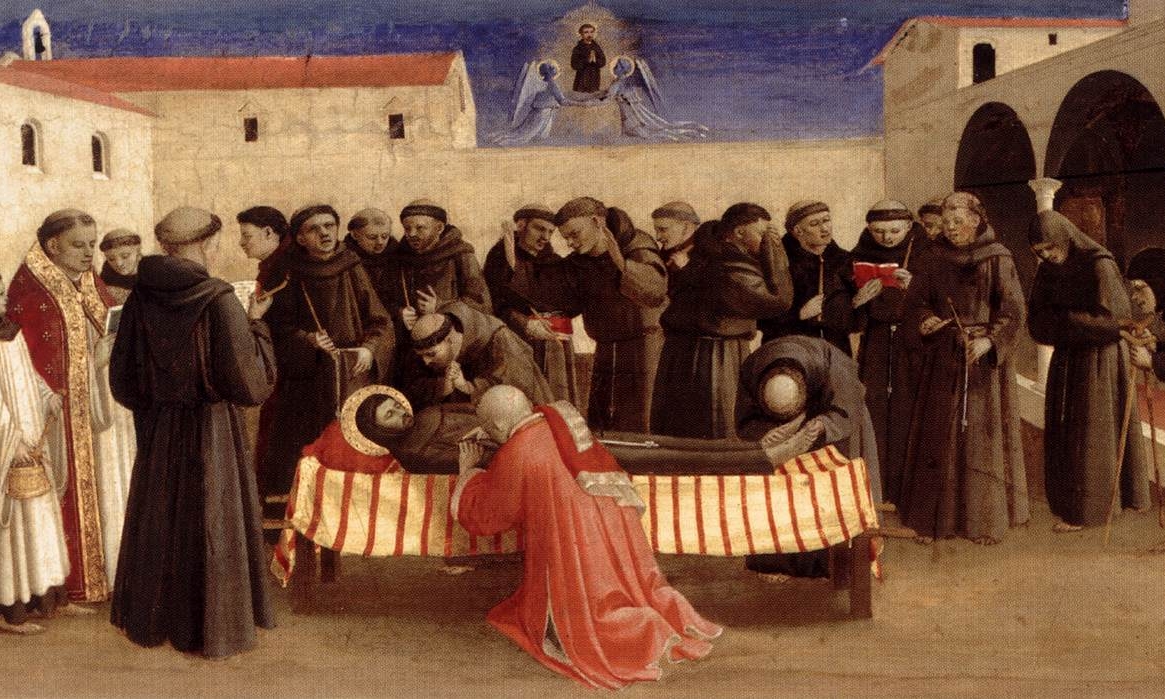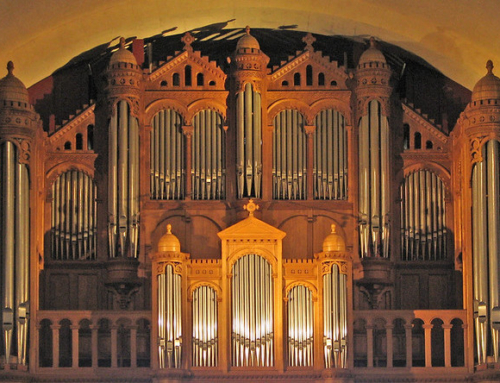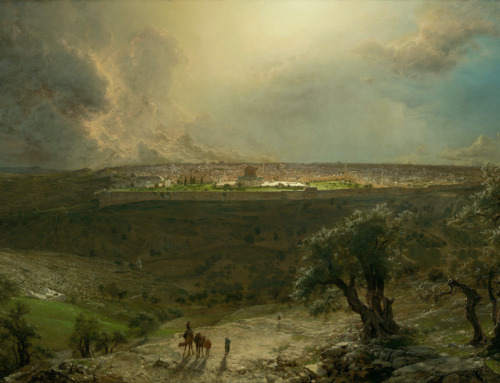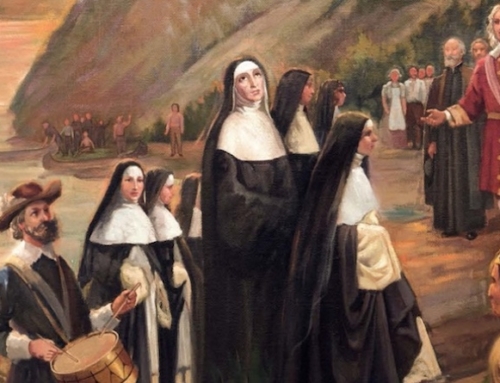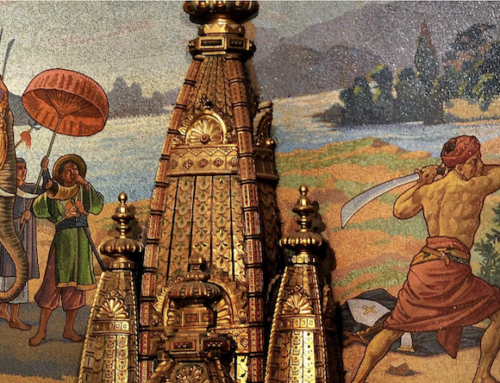I cringed when I read a priest’s description of what had become of religious life in Father Benson’s dystopian Lord of the World (1907). He spoke of
the enforced merging of all friars into one Order, though retaining their familiar names, under the authority of the supreme General; all monks, with the exception of the Carthusians, the Carmelites and the Trappists, into another […]. (II.II.IV)
Would that this never happen! But then one might ask: why not? Why are there Dominicans? Why Franciscans? Why Trappists? They are all basically the same anyway. Members profess the three vows of poverty, chastity, and obedience. The Code of Canon Law speaks generally of what they all do: “The first and principal duty of all religious is to be the contemplation of things divine and constant union with God in prayer” (Canon 663 §1, emphasis mine). Why on earth complicate the matter with multiple orders?
I was surprised to find that Saint Thomas Aquinas had asked a version of my question several hundred years ago: “Whether there is only one religious order?” (ST II-II q. 188, a. 1). Seeing how Thomas presents the inquiry confirmed for me yet again that Thomas was no ivory tower academic. His fourth objection is like one I often field back home: “a diversity of religious orders might confuse the Christian people,” and it therefore makes sense that there should only be one religious order. Again, why complicate the matter?
Thomas, after denying that there is only one, explains that orders are distinguished in two ways:
First, according to the different things to which they may be directed: thus one may be directed to the lodging of pilgrims, another to visiting or ransoming captives. Secondly, there may be various religious orders according to the diversity of practices; thus in one religious order the body is chastised by abstinence in food, in another by the practice of manual labor, scantiness of clothes, or the like.
In God’s Providence, holy men and women have established orders with different aims and practices. No one community of religious can be or do it all. A Cistercian vowed to live in a country valley farming and praying cannot at the same time educate high school students in the midst of an urban populace.
I like Thomas’ main answer, but I actually like his Sed contra more. It’s often that portion of the argument where Thomas prefaces his answer with a pithy appeal to some authority. In this article he cites Psalm 44:10 from the Vulgate:
On the contrary [Sed contra], It is written that it pertains to the adornment of the queen that she is “surrounded with variety.”
Unfortunately, Thomas does not elaborate, but another famous Dominican doctor might help us explore what Thomas is getting at. Saint Albert tells us that the queen represents the Church and her “clothing is glory and beauty” (Commentary on the Psalms).
To the beauty of holy Church, Francis added a patchwork of sackcloth, and Dominic, not long after, his canon’s garb. One would find mission among the poor, the other the pulpit. To the sons of Francis, the leper colony; those of Dominic, the lecture hall. One declares veritas!, the other pax et bonum! Now … Dominic did sell his books to aid those in need, and Francis did fly to preach the Gospel to the Sultan; nevertheless, to each and to each one’s sons, there was to be a distinctive character—a unique quality that added (and still adds) to the Church’s beauty.
Finally, and perhaps most importantly, each order adds to the glory of Christ’s bride. I contend that such glory is found in her saints. And no small number of men and women have found sanctity by living the unique, proven, and quite varied forms of religious life. Those orders especially that endure to this day and boast their own litanies of saints hardly need anyone to defend their existence.
So why Franciscans? One could simply start listing names: Saint Francis, Saint Clare, Saint Bonaventure, Saint Angela of Foligno … Saint Bernardine of Siena, Saint Junípero Serra … Saint Conrad of Parzham, Saint Marianne Cope, Saint Maximilian Kolbe, Saint Padre Pio, Blessed Solanus Casey …
✠
Image: Fra Angelico, Lamentation over St. Francis

